We have new models for Apple iPhone. On this occasion, the two high-end models are the iPhone 11 Pro and the iPhone 11 Pro Max, which come with a renewed ambition in the photographic section, where there is a great novelty: we go from two to three sensors.
The design changes precisely from this new camera system, but we are also faced with a more powerful and versatile iPhone, which are interesting with the news.
Design: The iPhone 11 Pro / Max will recognize them from its cameras.
We do not talk about the new iPhone 11 PRO and 11 cameras for Apple MAX for its photographic potential, but certainly that identity of these new models compared to their predecessors.
Just go back to these new high-end milfones so we’re clear we’re talking about the latest manufacturer. The new camera system on the back makes use of a configuration that has been talked about for months and that has finally been confirmed: a square with a slight bulge in which the three sensors are placed in a unique triangular design.
This differential note is that we have said the most important thing about certain designs that in the physical section inherit many characteristics of the physical design language of the iPhone. Of course, there are exceptional notes.
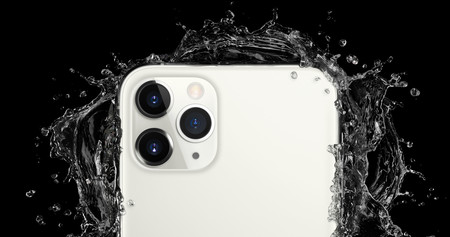
For example, the use of a more resistant glass in these new models, which allows the manufacturer to obtain greater resistance to shots and impacts.
This design also wins in all water resistance and Apple managers suggest that its warranties go beyond IP68 certification, allowing you to submerge these phones for 30 minutes at a depth of up to 4 meters.
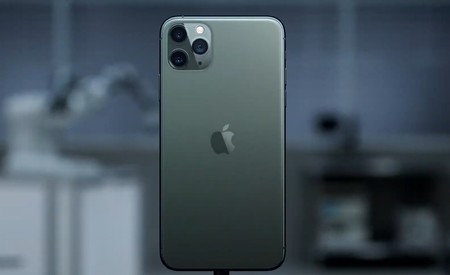
There is a surprising innovation on the back, and it is the removal of the word “iPhone” that appeared on all the manufacturer’s phones for years: instead of the new models they will have the Apple logo, the famous Apple bite, but their situation changes. To position yourself in a more centered position.
In the new iPhone 11 Pro and Pro Max, we also find another relevant amendment: the thickness increases with 7.7 mm of XS and XS Max. The previous year by the amount of 8.1 mm this year, something that, among other things, an advantage gives a battery of higher capacity.
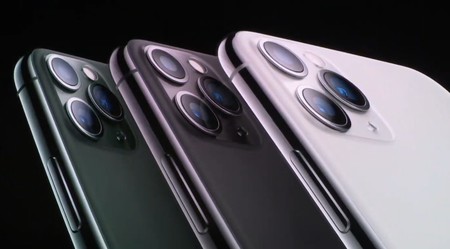
Apple has not shared this data, but we can soon confirm that the battery has indeed changed or not in terms of capacity, and the promises made in the presentation seem to specify that the battery has been converted to capacity.
There are no significant changes to the front: the famous nose continues to accept the same dimensions that allow it to allow Apple to continue with facial identification for facial recognition on these devices. At present, nowadays, it is not in this Android-based mobile trend of an under-screen footballers reader, it has already blushed somewhat, which could come to the iPhone in 2020.
Bright displays say goodbye to 3D touch, enhancing facial identification.
The new iPhone 11 Pro and iPhone 11 Pro Max have 5.8-inch and 6.5-inch OLED displays, respectively, which are an evolution from last year, but are now called the Super Retina XDR. It is characterized by 2,000,000: 1 contrast, 1,200 nits maximum brightness (in HDR, it’s 800 nits in normal mode, which is already excellent), and being 15% more energy efficient.
These OLED displays have HDR support, are compatible with true TOM display technology, and stand out to support a wide color gamut (P3). However, there is something that disappears in them: Apple seems to say goodbye to the 3D touch.
This is, in fact, a bet backed by Apple’s new mobile operating system, which has already introduced functions to emulate a part of the 3D touch functions by the touch of hyptic mentioned in a summary of the characteristics of these screens.
On the IPHONE XR last year, the decision was made to remove the 3D touch, and now these models also remove the technology, which seemed to be doomed since WWDC 2019 was held and IOS 13 was talked about.
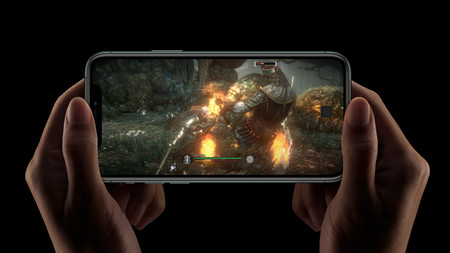
The Nick, as we have said, maintains its size and design: Apple is currently not aimed at the screen displays without frames that conquered the vast majority of Android manufacturers, who with different solutions have eliminated the notch or reduce it to the Altheminumumuma expression.
In any case, yes, a facial recognition system has also been advanced like Apple. In fact, we are a new iteration of the Face ID that improves on the previous model system: it is 30% faster and can be used for variable distances and supports more angle – the rumor that you can unlock when you are in the table of the two can be filled, something we must test in pneumatic analysis.
The diagonals of the screen, as we say, do not change on the new iPhone 11 Pro and 11 Pro Max compared to their predecessors. We are in everything that differentiates these two models: while the iPhone 11 Pro has a diagonal of 5.8 inches, the older brother has a diagonal of 5 inches. The resolutions of these displays are also different from each other, even if they don’t change from last year’s models.
Apple A13 arrives Bionic and finally fast charging
In this spec sheet for the new Spectrum Apple High, there are messages starting with the processor, the Apple A13 Bionic, giving Apple’s powerful processors a lap and featuring even more performance and efficiency improvements.
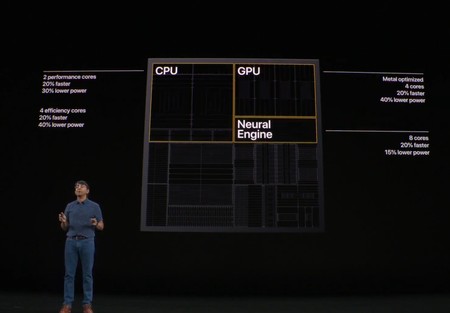
Apple’s new chip achieves an improved 7nm lithographic process with which it managed to integrate 800 million transistors into a SOC that plays a special role in neural-powered artificial intelligence activities and even efficiency.
Apple promises that this efficiency gives you fantastic results with an autonomy 4 hours longer on the iPhone 11 Pro only on the iPhone XS, and it becomes 5 hours longer on the iPhone 11 Pro Max than on the iPhone XS MAX.

But what many expect in the iPhone 11 Pro and iPhone 11 Pro Max have arrived: it is a fast charge, which will accelerate these processes in these devices with the 18W charger that the manufacturer will understand in these models.
This charger is also new to use the Lightning USB-C connection instead of the traditional USB-A cable (traditional connector) to lightning. The power delivery grows significantly in the new adapters, which go from the 5W of the past to these 18W that will allow the batteries of these new iPhones much faster.
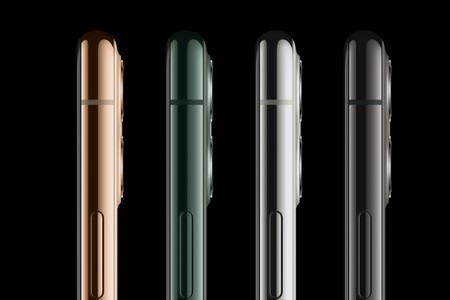
We also win in the field of connectivity with the support of Wi-Fi 6 (802.11AX) networks, a standard that is gradually imposed in the industry and guarantees higher transfer speeds in wireless connections, even in saturated areas. .
The LTE connectivity also deserves a whole with the transfer of up to 1.6 Gbps. In new devices, it remains in the dual SIM support with the peculiarity that it must be one of these SIM cards of the embedded type, ESIM must be.
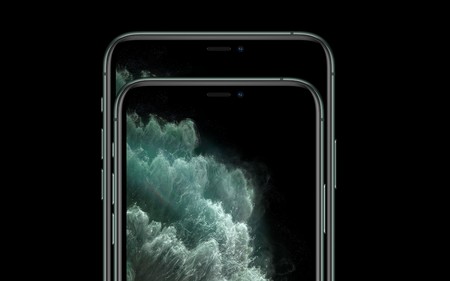
The effectiveness of the new protocol is also greater than that of previous versions, such as the popular 802.11AC (Wi-Fi 5), and although we need a compatible router to use these options, the inclusion of this support is notable in this new iPhone.
There is also a new chip called Apple U1 with ultra-wide technology that makes its debut in smartphones and aims to offer improvements in Airdrop technology. These improvements will arrive with iOS 13. September 1, 30.
There are more improvements in other sections: We have support in the Dolby sound and spatial audio for more people with sound, and there is also a support of wireless charging, even if we do not have this support of reverse wireless charging of rumors.
Three cameras to fight for the best photographic cell phone.
For years, the iPhone was an absolute reference in the field of mobile photography, but it is a moment for this part of Google and its unique commitment to computational photography, it imposes on almost the software and the hardware, nor perhaps the Pixelsthey many scenarios. on the top iPhone. this area.
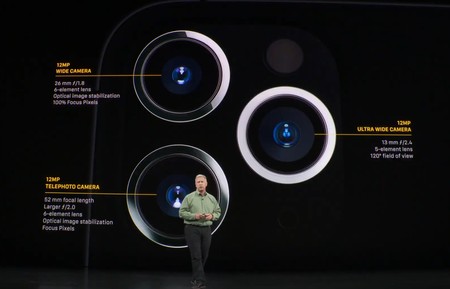
Other phones have joined that fight to get the best photo phone that supports more versatile camera sensors than ever, and now Apple wanted to get back into the fray with an approach that tries to take advantage of the options.
Therefore, the new iPhone is more efforts to edit these images, but it also has a new rear camera system, which now uses three sensors instead of its two previous high-end models.
These three sensors have an identical resolution, 12 Mpixels and will allow access to an F / 1 field. 8 wide angle, a field of view of F / 2. 0 and 120 ° wide angle and an F / 2 telephoto lens. 4 which will also give greater versatility.

In these cameras, we also have the deep blending mode that makes use of machine learning techniques and artificial intelligence to capture 4 photos in low exposure and another 4 in high exposure before taking our capture: these photos are combined to give as a result An image with an exceptional level of detail according to Apple.
It also highlights the new night mode that uses the use of computer photography to get light where it is almost not: the result looks promising, and we can soon be compared to this on several Android-based cell phones.
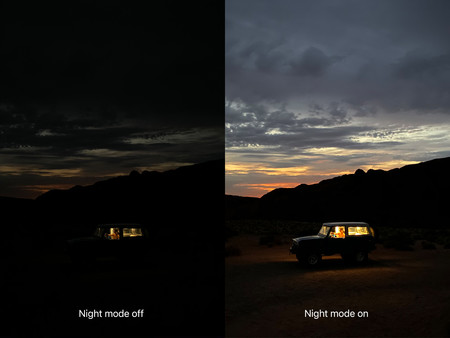
Video capture is also the protagonist in these new devices: the three sensors of this rear system can capture videos in 4k at 60 fps, and the result can even in real time on this iPhone 11 for and the iPhone 11 for max.
The Treueph front camera that accompanies the facial time system also wins whole with a sensor that goes from 7 to 12 Mpixels (F / 2), which according to Apple will increase confidential improvements in that reception of selfies and in video conferences with this device.
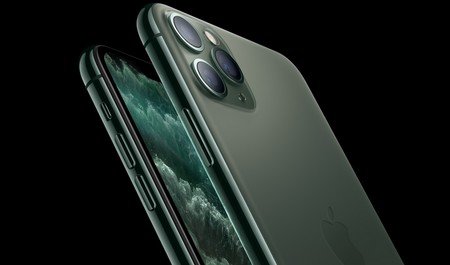
That front camera is also striking in its video capture: it is capable of recording in 4K resolution at 60 FPS and also recording video in slow motion: the “slofies” will also be potential protagonists here.
Price and availability of the iPhone 11 Pro and iPhone 11 Pro Max
The new iPhone 11 Pro and iPhone 11 Pro Max can be reserved from next Friday, September 13 at 2:00 pm, Spanish peninsular time, and will be available on September 20 in Spain (and other countries) with the following prices.
iPhone 11 Pro: 1,159 euros (64 GB), 1,329 euros (256 GB), 1,559 euros (512 GB)
iPhone 11 Pro Max: 1,259 euros (64 GB), 1,429 euros (256 GB), 1,659 euros (512 GB)